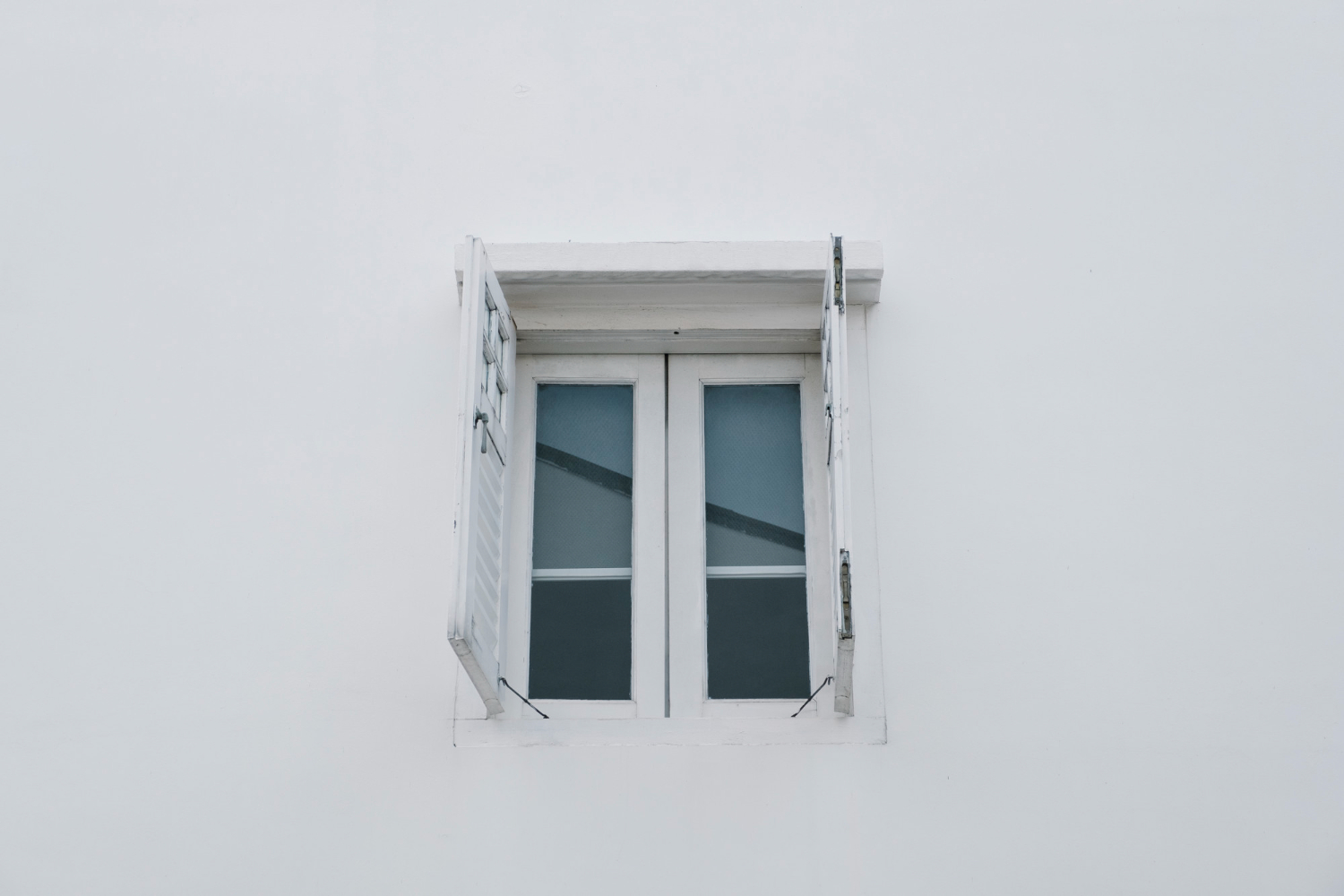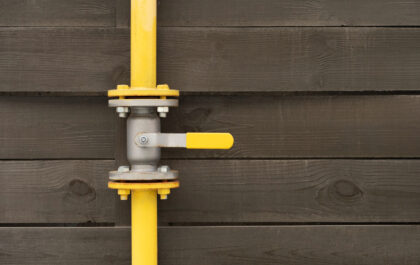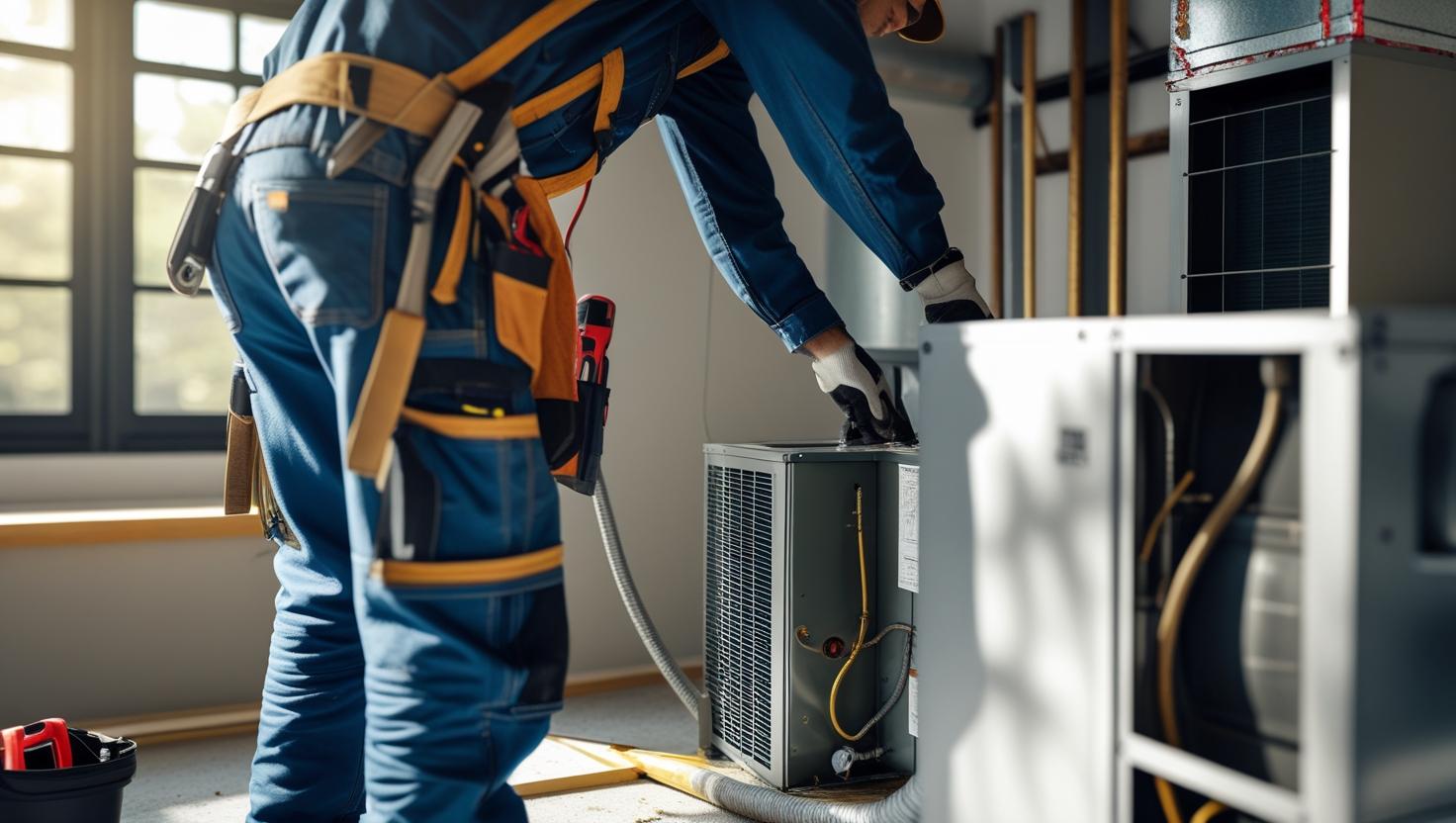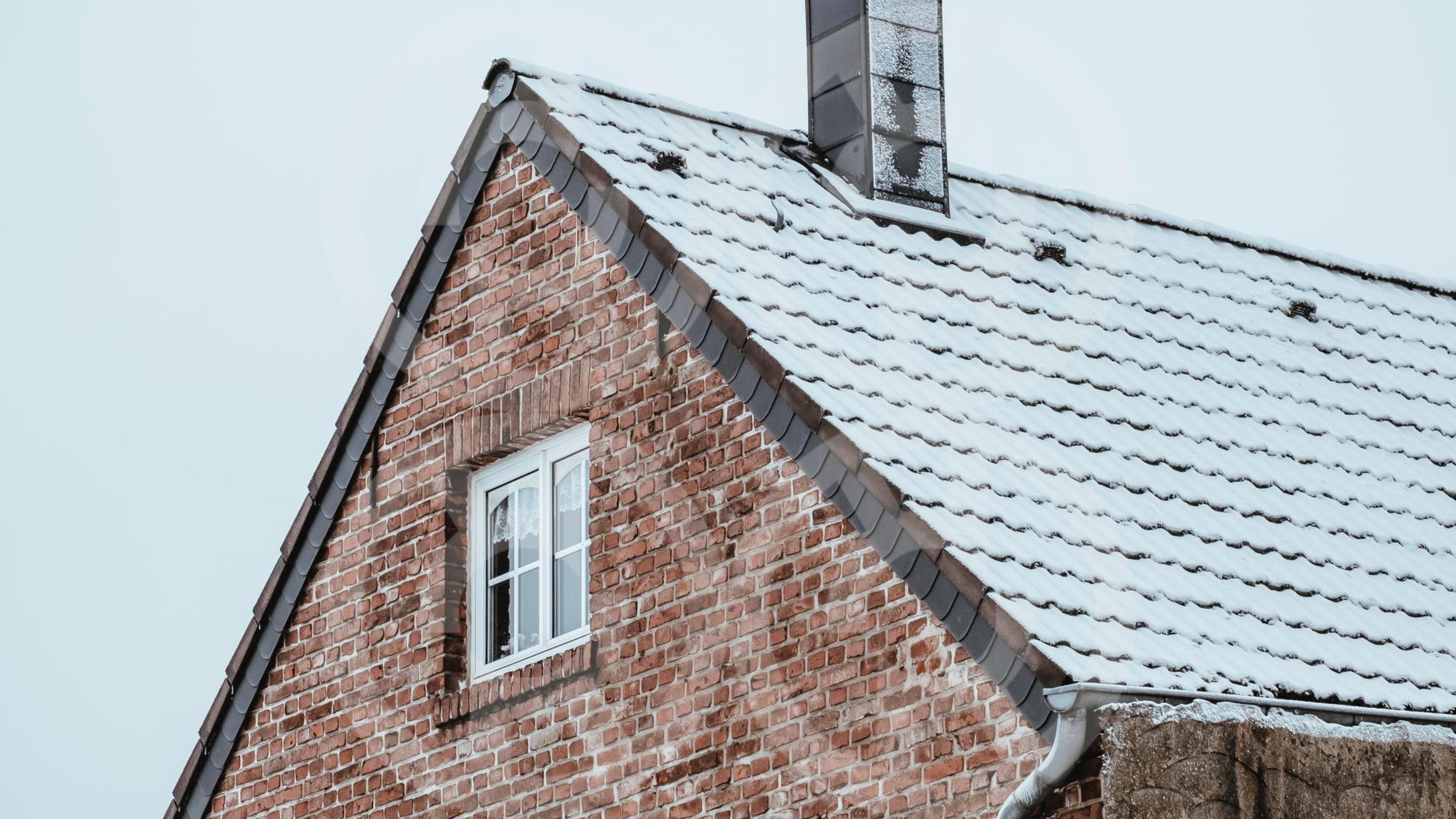Casement windows offer timeless beauty, practicality, and fantastic air circulation, making them a popular choice for homes across America. They swing open effortlessly, welcoming fresh air and sunlight. Yet, not everyone realizes how many different types of casement windows can perfectly match different architectural styles and personal tastes. At Ready Remodel, we’ve helped many homeowners make smart choices, witnessing firsthand how each window transforms spaces. Today, let’s explore seven distinctive styles of casement windows, from traditional elegance to modern sophistication.
1. Single Casement Windows
This type of window casement operates with a single vertically-hinged sash, which swings outward—much like opening a door. Single casement windows grant exemplary ventilation and unobstructed views thanks to their single-sash design. With one quick turn of the crank handle, fresh air floods in easily.
But, of course, there’s a catch to all that simplicity. Single casement windows must open outward due to the operational mechanism, which makes them less suitable above outdoor pathways or near walkways. They also won’t provide as broad a view or as much natural light as double casement windows.
| Pros | Cons |
|---|---|
| Excellent ventilation | Must open outward |
| Clear unobstructed view | Lower ventilation than double types |
| User-friendly crank mechanism | Mechanism adds extra cost |
2. Double Casement Windows
Also known as French casement windows, these types feature two hinged sashes, opening from the center. Picture opening both sides wide on a sunny afternoon: the panoramic outdoor view and increased airflow are second to none. Homeowners consistently choose double casements for better aesthetics and functionality.
However, they are pricier than single casements and always open outward, meaning potential conflicts with exterior spaces like decks or entertainment areas.
| Pros | Cons |
|---|---|
| Increased airflow | Must always open outward |
| More natural sunlight | More expensive |
| Elegant appearance | May cause outdoor obstruction |
Need professional help with your project?
Get quotes from top-rated pros in your area.
3. Push-Out Casement Windows
If you’re looking for windows that push out without cranks, push-out casement windows are a stylish yet budget-friendly solution. With an easy manual push, they swing out quietly, secured and held open by a stay adjuster.
Yet, without the crank, adjusting the airflow becomes a less precise science. Also, during strong gusts, the absence of the crank mechanism might reduce the overall security and control of the window.
| Pros | Cons |
|---|---|
| Affordability | Limited airflow control |
| Classic, elegant appearance | Reduced security in wind |
| Uncluttered aesthetic | Manual operation less smooth than crank |
4. Push-Out French Casement Windows
This option combines the unobtrusive look of the push-out casement window style with the expansive view and generous airflow of French casements. With two adjacent sashes and no crank to obstruct its design, you get maximum openness and outdoor connectivity for your home.
On the downside, these push-out French casements share similar airflow limits, security concerns during storms, and slightly less smooth manual opening.
| Pros | Cons |
|---|---|
| Larger opening and views | Preset airflow adjustments |
| Cost-effective | Reduced secure grip in wind |
| Classic, traditional look | Less smooth manual operation |
5. Top-Hinged (Awning) Casement Windows
These stylish windows, hinged at the top, swing upward to open outward from the bottom. One owner from a rainy part of Seattle even shared with us how awning casements became their favorite solution, allowing airflow even during a gentle rain.
- Perfect for areas needing continuous ventilation.
- Provides active weather protection.
- Popularly smaller than standard casements.
Yet, akin to other outward-opening windows, they aren’t ideal where outdoor clearance is limited. They also bring less daylight and ventilation compared to double or single casements.
6. Cottage-Style Casement Windows
If charm and old-world elegance are your style, pick cottage casement windows adorned with grids or muntins imitating multiple small panes of glass. Often seen in country homes or coastal retreats, they promise unique beauty and character.
A client from Maine recollected fondly how her home’s authenticity rose significantly after installing these windows. However, the grids do partially obstruct views and diminish natural brightness.
| Pros | Cons |
|---|---|
| Rustic beauty and charm | Obstructed view and sunlight |
| Improved security options | Not suited for modern aesthetics |
| Multiple pane design options | Higher-end pricing |
7. In-Swing Casement Windows
Distinctly different, in-swing casement windows swing inward, preventing any external obstruction. Highly recommended for second-floor spaces—especially above sinks—these windows simplify cleaning, as both sides of each pane are accessible easily from indoors.
Still, in-swing casements pose unique indoor challenges, limiting their placement to low-traffic areas. Additionally, they don’t support crank mechanisms and can prove more challenging to procure and install.
| Pros | Cons |
|---|---|
| Easy interior-side cleaning | Less availability in markets |
| No outdoor clearance concerns | Swinging inward limits usability |
| Ideal for second floors and kitchens | No crank mechanisms available |
Get windows quotes from up to 3 Pros!
Enter a zip below and get matched with top-rated pros in your area.
Choosing the Right Casement Window Type for Your Home
Now that we’ve journeyed through various casement window styles, it’s crucial to consider your personal preferences, budget, home design, and climate. Could awning windows help you savor rainy days? Or would classic cottage-style windows elevate your country home charm?
If you’re still uncertain, don’t hesitate to reach out to Ready Remodel. Our experienced team takes pride in assisting homeowners just like you, every day, ensuring each window selection fulfills both functional needs and the beauty standards you envision for your home.
After all, great windows aren’t just practical—they shape memories and frame the stories we tell.




